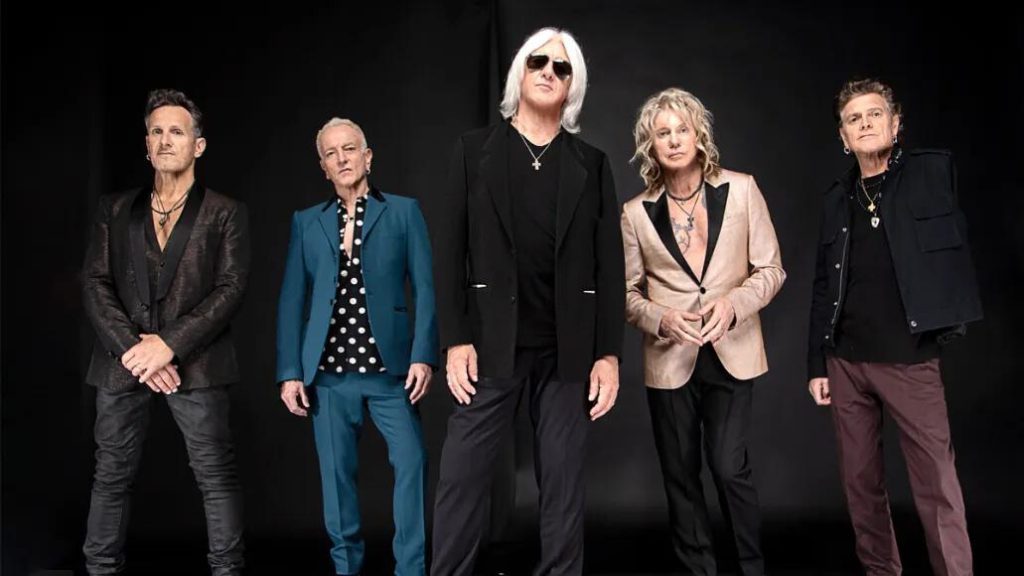The 4 Largest Yellowstone Lakes: A Visitor’s Guide
Written by Nick on May 9, 2023
Why Every Visitor Should See These Top 4 Yellowstone Lakes
With an incredible assortment of natural resources, Yellowstone National Park is a prime destination from travelers near and far. From geothermal features to rich history and astonishing wildlife, Yellowstone park has a lot to offer.
But the trip of a lifetime wouldn’t be complete without exploring features like the Yellowstone lakes and rivers that provide critical habitat for some of the park’s most iconic species. If you think driving along the shores of Yellowstone Lake is enough, you’re missing out on some of the best sights Yellowstone National Park has to offer.
Here’s a visitor’s guide to each of the top four Yellowstone lakes, why they’re worth visiting, and what you should expect at each one.
1. Yellowstone Lake
It’s at the top of the list for good reason, and not just because it shares a name with America’s first national park.
Yellowstone Lake is the largest high-elevation lake on the entire continent. At 7,733 feet above sea level, this lake covers some 132 square miles and completely freezes over each winter.
Despite it’s grandeur, this isn’t the place to swim. With an average water temperature of 41 F (5 C), you’d only survive about 20-30 minutes. Yes, it really is that cold.
There’s a ton of geothermal activity throughout Yellowstone park, and this lake is no exception. In Mary and Sedge Bays, and at West Thumb, there are fumaroles, underwater geysers, and hot springs aplenty.
Beneath Yellowstone Lake and much of the park is a massive caldera, widely referred to as a supervolcano, that has erupted multiple times throughout history with devastating effect. There’s no species-threatening eruption expected anytime soon, but there are a lot of interesting facts about the Yellowstone caldera.
2. Shoshone Lake
Southwest of Yellowstone Lake’s West Thumb, at the head of the Lewis River, you’ll find Shoshone Lake. This is the second largest of all Yellowstone’s 150 named lakes.
No motorboats are allowed on Shoshone Lake, and officials believe this may be the largest lake in the continental US that isn’t accessible via road.
At it’s maximum depth, Shoshone Lake is 205 feet deep. It covers over 8,000 acres.
The Lewis River flows to the Pacific Ocean, but because of waterfalls, there were no fish in Shoshone Lake since its formation. However, lake trout and brown trout were planted as early as 1890.
Later, bait fishermen evidently introduced the Utah chub.
Like other Yellowstone lakes, Shoshone lake isn’t without its share of history. Historians say Jim Bridger himself may have reached Shoshone Lake in 1833, and reportedly went back in 1846.
The lake has had a number of monikers throughout the years, named at various points for people like DeSmet, DeLacy, and Washburn, in addition to bearing the names Snake Lake and Madison Lake.
3. Lewis Lake
Directly south from Shoshone Lake is Lewis Lake, the third largest on our list of Yellowstone lakes.
Like Shoshone Lake, Lewis Lake didn’t originally have a fish population. However, you can now fish for brook, brown, and lake trout in Lewwis Lake.
You can find Lewis Lake by using the South Entrance Road. It’s located about halfway between the South Entrance and Grant Village, and is accessible just about anytime of year besides winter.
Unlike Shoshone Lake, you can take your motorized boat on Lewis Lake. It’s also a great spot for kayaks and canoes. All watercraft must be inspected by park staff for invasive species, and you’ll need a permit before entering this and all other Yellowstone lakes.
Right along the shores of Lewis Lake is the Lewis Lake Campground. Situated at 7,800 feet, it’s available on a first-come, first-served basis. There are 85 sites in total here, with a nightly fee of $20.
4. Heart Lake
Rounding out our list of the top four Yellowstone lakes for visitors is Heart Lake. It’s also in the southern part of the park, east of Mount Sheridan.
Heart Lake is an extremely popular destination. In fact, it’s the destination for about a third of all overnight backcountry trips inside Yellowstone. But that doesn’t mean it’s easy to reach.
You’ll find the trailhead along the South Entrance Road, just before Lewis Lake. From the trailhead, it’s an eight-mile hike to Heart Lake. You’ll pass intriguing thermal areas as you traverse the Yellowstone backcountry.
Other than the 2,150-acre body of water itself, you won’t find too much at Heart Lake, making it a top destination for those seeking a little solitude and a stronger connection with Yellowstone’s natural beauty.
Still, you’ll find campgrounds, trails, and a ranger station here, so you aren’t totally cut off from civilization.
Like other Yellowstone lakes, there are cutthroat and lake trout in Heart Lake. The fishing here is superb, largely because this lake is so isolated.
No matter which of these Yellowstone lakes you choose to visit, remember that you’re in grizzly bear territory. In fact, the trail to Heart Lake is closed from April 1 through June 30 due to bear activity.
Before you hit the trail anywhere in the Yellowstone region, review these vital bear safety tips, and make sure you keep your bear spray at the ready.

